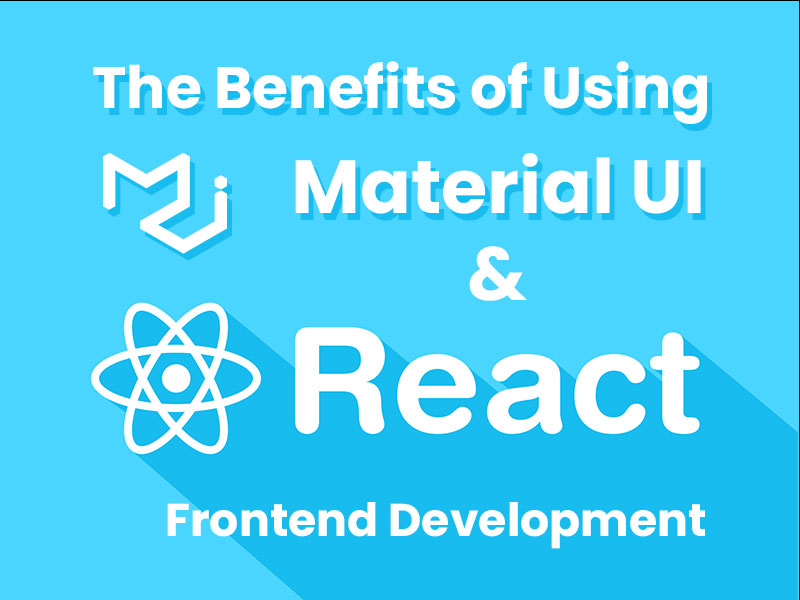Frontend development refers to the creation and maintenance of the user-facing portion of a website or application. This includes the design, layout, and functionality of the interface that users interact with, including elements such as buttons, forms, menus, and images. Frontend development typically involves working with languages such as HTML, CSS, and JavaScript, as well as various libraries and frameworks. The primary goal of frontend development is to create a visually appealing, intuitive, and responsive user experience that enables users to easily navigate and interact with the application or website.
What is react
React JS is an open-source JavaScript library used for building user interfaces (UI) for web applications. It was created by Facebook and is now maintained by Facebook and a community of developers. React allows developers to create reusable UI components and to manage the state of their applications, making it easier to build complex, dynamic web applications.
React is based on a component-based architecture, where UI elements are divided into individual components, making it easy to reuse and update them. React also utilizes a virtual DOM (Document Object Model), which allows for faster rendering and improved performance compared to manipulating the actual DOM directly.
What is material UI
Material-UI is a popular open-source library of pre-designed and pre-built React components that implement Google’s Material Design guidelines for user interface (UI) design. Material Design is a design language developed by Google that focuses on creating a consistent and unified look and feel across all platforms and devices.
Material-UI provides a wide range of reusable and customizable components, such as buttons, icons, forms, modals, and typography, that can be easily integrated into React applications. These components are built using modern web technologies such as CSS-in-JS and follow best practices for accessibility, responsiveness, and performance.
The Benefits of Using React and Material-UI for Frontend Development
Component-Based Architecture
React’s component-based architecture allows for the creation of reusable UI components, improving code maintainability and reusability.
Faster Rendering with Virtual DOM
React’s virtual DOM allows for faster rendering and improved performance compared to traditional DOM manipulation, resulting in a smoother user experience.
Large and Active Community
React has a large and active community of developers, providing a wealth of resources such as forums, documentation, and third-party libraries.
Material Design Guidelines
Material-UI follows Google’s Material Design guidelines, providing a consistent and aesthetically pleasing set of UI components.
Customisable and Themable
Material-UI offers a wide range of customizable UI components that can be easily themed to match the application’s branding and style.
Improved User Experience
Using Material-UI can help to improve the user experience by providing a consistent and intuitive interface that follows established design patterns.
Time-Saving
React and Material-UI can save time by providing pre-built and well-designed UI components that can be easily integrated into the application.
Responsive Design
Material-UI’s components are designed to be responsive, enabling the creation of applications that work seamlessly across different devices and screen sizes.
Conclusion
In summary, React and Material-UI are powerful tools for frontend development that can help to create visually appealing, responsive, and easy-to-use web applications. By leveraging their benefits, developers can build complex and scalable applications more efficiently and effectively.


